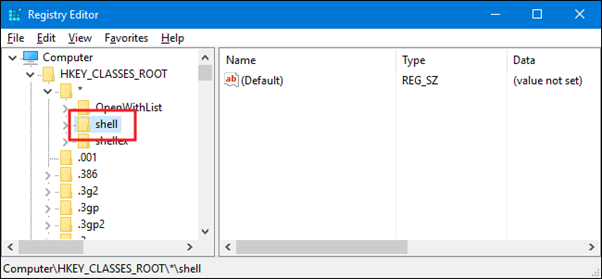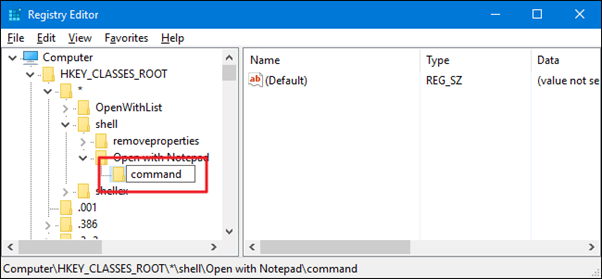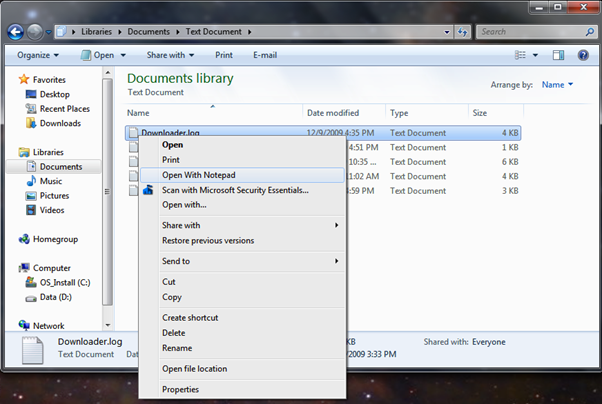One of the great thing about Windows operating systems is being able to open almost any file with a default program. If you would rather like to open files with notepad than your default program, this tutorial will show you how to add the 'Open with Notepad' option on File Context Menu.

Oftentimes, you may encounter files that do not open with word processor but can be opened with Notepad. However, you may find that the option to “Open with Notepad” is missing when you right click on a folder, file or an empty space.
If this is the case, you need to add this option to your right-click menu for opening files. This allows you to quickly access files with Notepad without necessarily settings Notepad as the default apps for files of a similar type. This is especially an important menu option if you are a frequent user of Notepad.
To do this, you need to apply a simple Windows registry hack. Read on to find out how to add the registry that will add the “Open the Notepad” menu to Windows context menu.
Edit the Registry Manually
Making some edits in the Windows registry is one way to add the “Open with Notepad” option to the context menu. To do this, follow the steps below:
- To open the Registry Editor, click the start button and type “regedit” and press Enter.

- Once you open the Registry Editor, navigate the key below using the left sidebar:
HKEY_CLASSES_ROOT*shell
- The next step is to create a new key in the shell key. To do this, right click on the shell key and select New Key and name it “Open with Notepad.”

- Once you have done that, you now need to create another new key inside the one you have just created. To do this, go to the Open with Notepad key and right click on it. Then, select New > Key and give it the name “Command.”

- Now, select the new key and you will see the Default option in the right-hand panel. Double on it to open its properties page.

- On the Value data box, type notepad.exe %1 and then click Ok. Doing this should create the Open with Notepad command in the context menu. Usually, the changes should occur immediately, and you should open the files on Notepad with ease.

To test whether the changes have been made, open the Windows Explorer and locate a file that can be opened with Notepad. Once you find the file, right click on it and see if there is the option to Open with Notepad.
Important Tips to Know Before Making These Changes
- The Windows registry file is a key part of the Windows operating system. For this reason, it is important to back up your registry file before making any edits. This also helps to prevent a corrupted registry that could cause your system not to boot successfully.
- If you want to reverse the changes, simply go back to the Registry and delete the “Open with Notepad” option that you created. Doing this will also get rid of the “Command” key that you created inside that key.
- You need to be signed in as the administrator to add or remove the “Open with Notepad” option. However, all users can still use this context menu once applied.
Summary: Add 'Open with Notepad' on File Context Menu
- Open up Notepad.
- Copy the code below inside an empty notepad file.
- Now save it as "Open Notepad.reg" file format. Make sure you have selected "All Files" in the Save as type dropdown box. If you didn't, your notepad will be saved as a text file. (it should have .reg extension)
- Now run that Registry script file and click on Yes > OK in the prompt dialogs.
- That's it, if you open any file properties dialog now, you will be able to see 'Open with Notepad' option.
Conclusion
If the file you want to open is not registered on Notepad, then you follow the steps above to help you add the option of “Open with Notepad” to the default context menu. This way, you can easily view a file on Notepad without much hassle.
You can also use these steps to create other right-click menu entries for other type of files. If you still feel that these steps are a bit complicated, consider using the zip file to change the regedit key accordingly.